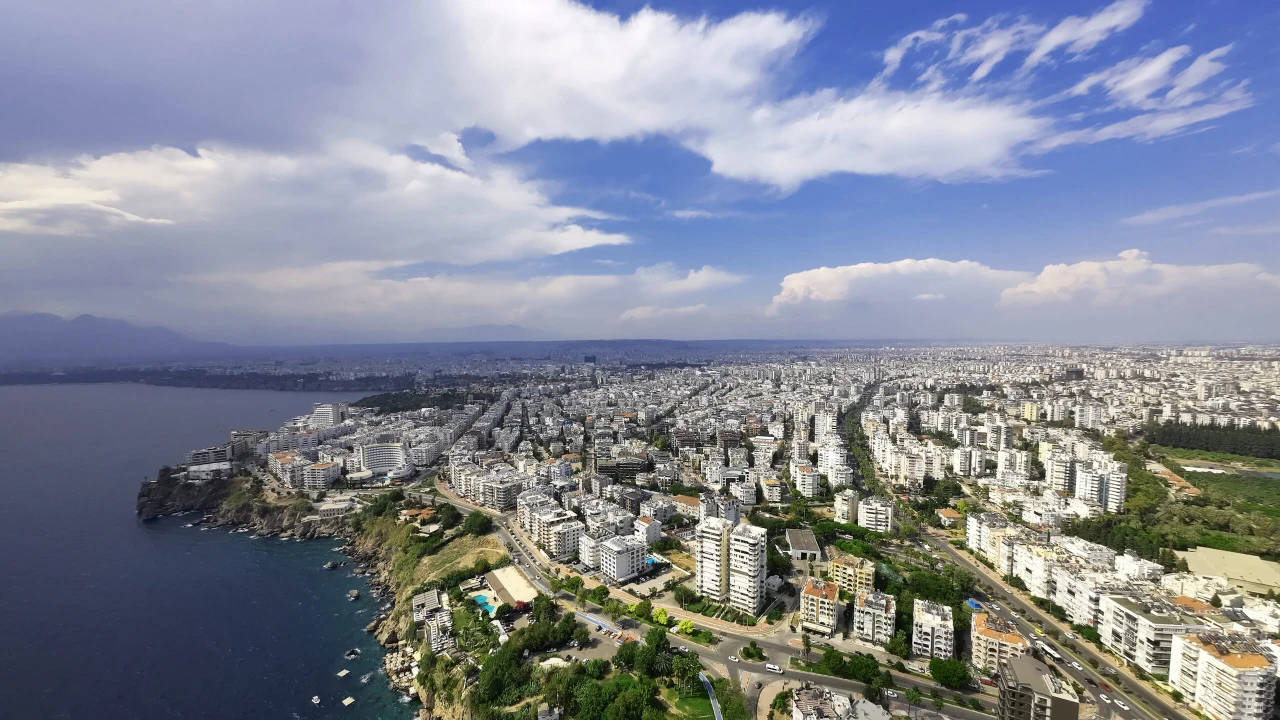Int’l scholars, journalists marvel at Türkiye’s ancient heritage at World Neolithic Congress
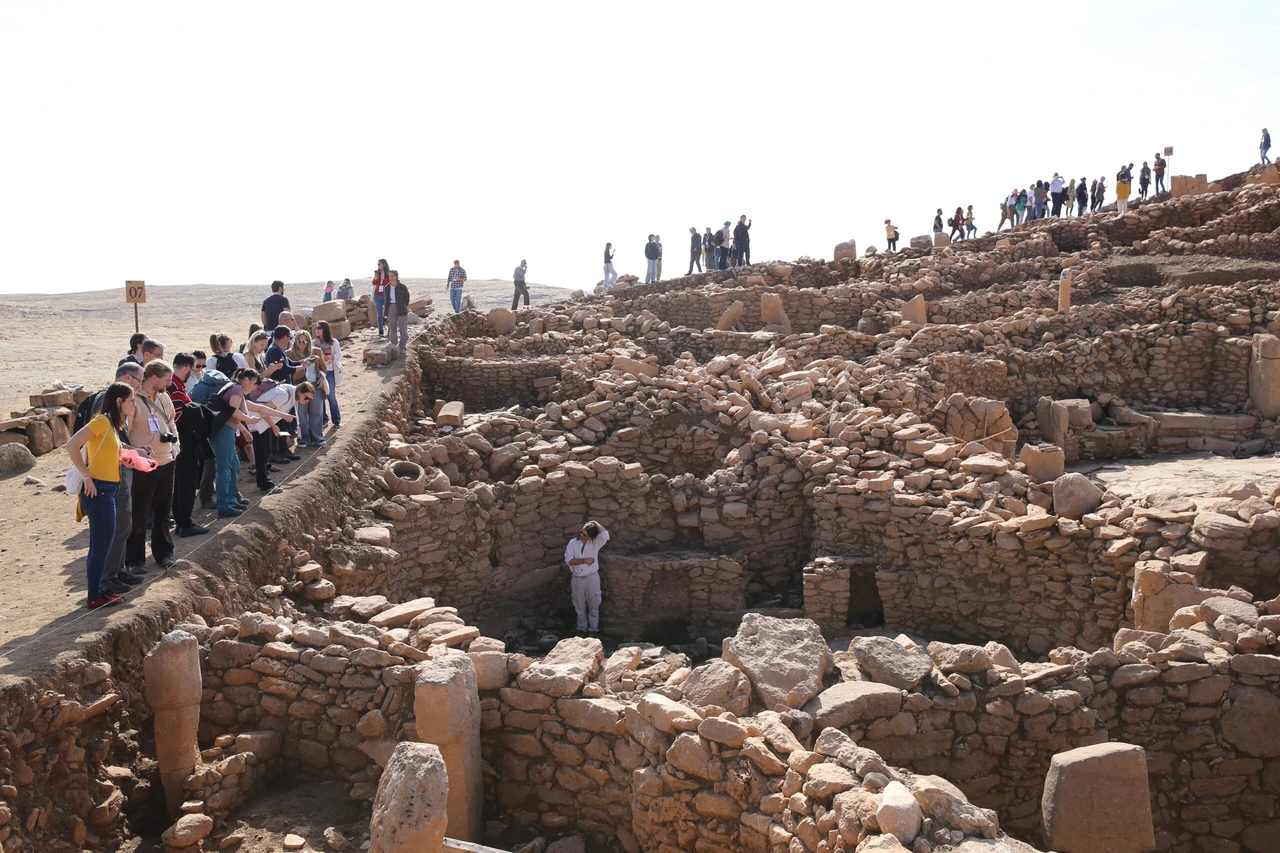 Participants of the World Neolithic Congress gather at Karahantepe in Sanliurfa, November 6, 2024. (AA Photo)
Participants of the World Neolithic Congress gather at Karahantepe in Sanliurfa, November 6, 2024. (AA Photo)
The ongoing World Neolithic Congress in Sanliurfa welcomed international academics and media representatives to the archaeological sites of the Tas Tepeler Project, immersing them in groundbreaking discoveries of the Neolithic era.
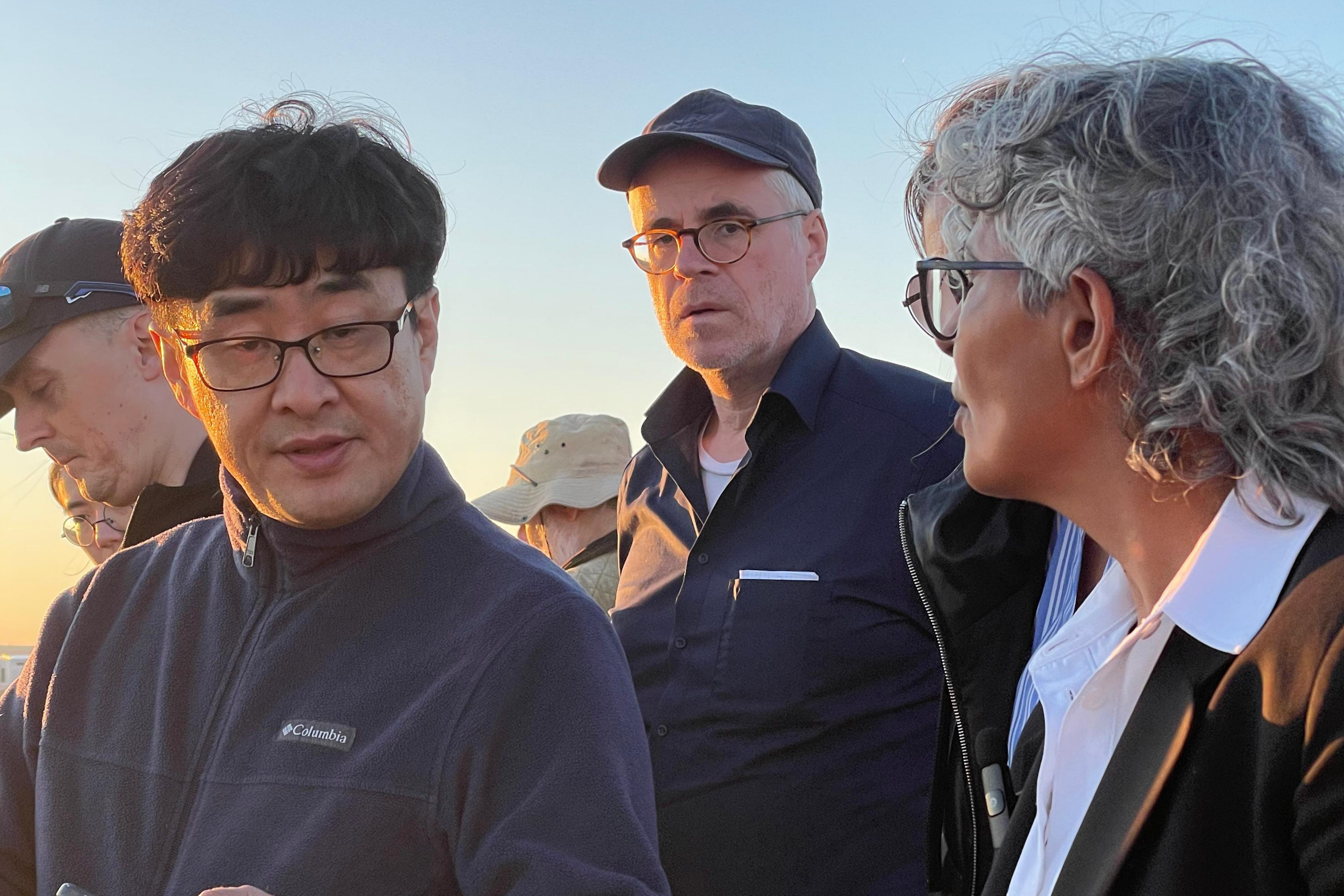
The congress, supported by the Culture and Tourism Ministry and Türkiye Tourism Promotion and Development Agency, is hosted in collaboration with Istanbul University and Harran University.
On the third day of the event, participants explored several excavation sites revealing insights into early human settlement and monumental architecture.
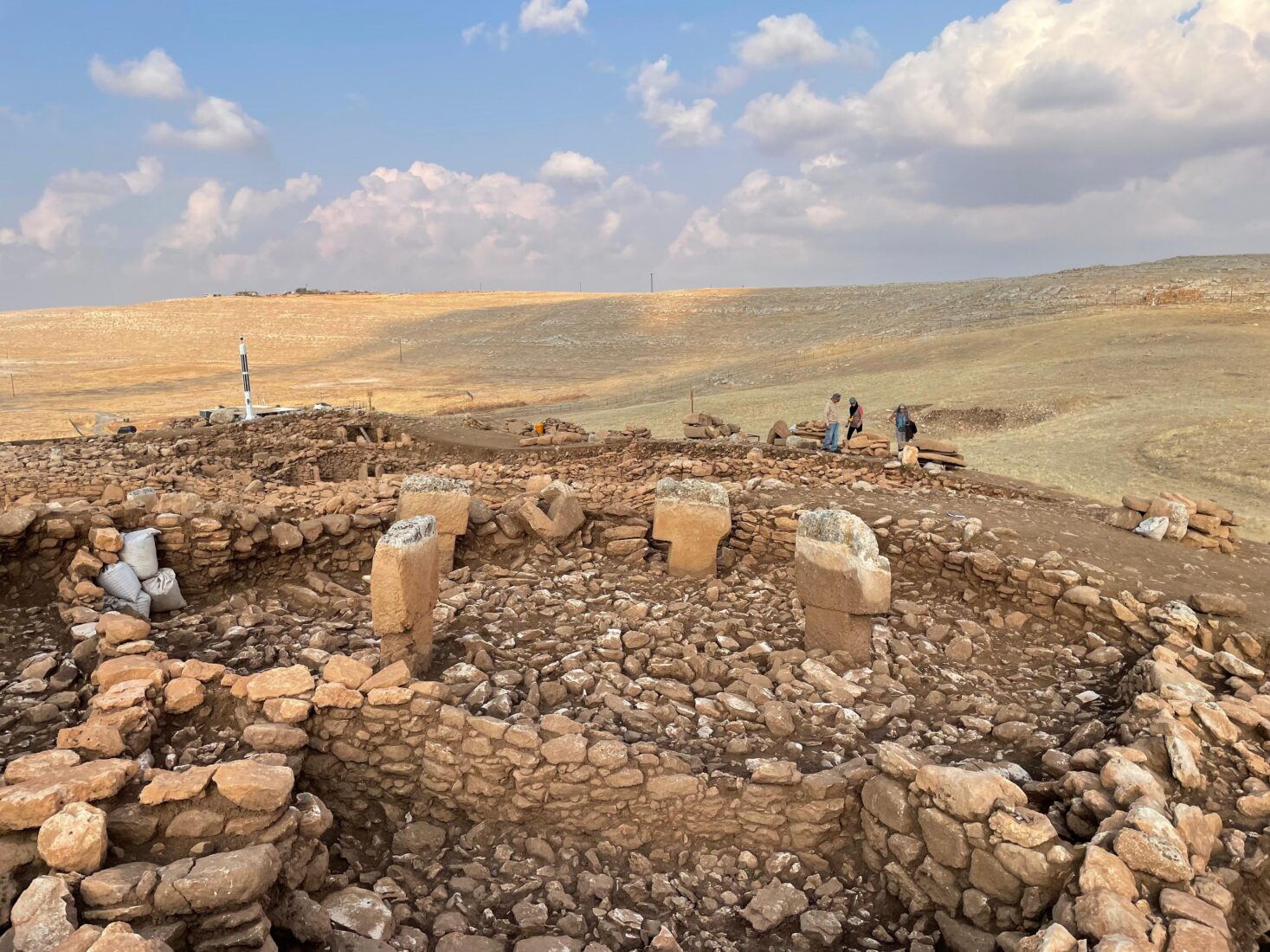
Karahantepe: Hub of Neolithic insights
Professor Necmi Karul, head of excavations at Karahantepe and coordinator of the Tas Tepeler Project, provided insights into ongoing work at Karahantepe, where more than 250 T-shaped monolithic pillars from the Neolithic period have been unearthed.
Speaking to the media, Karul explained how close to a thousand visiting scholars have toured seven key excavation sites under the project, each offering a unique glimpse into early human life.

“Navigating through sites with such a large group has been challenging,” Karul noted. “We’ve divided participants into smaller groups of about 150 each to maximize the experience. The response from our international colleagues has been overwhelmingly positive, with many expressing their amazement at what they’ve seen.”
First for many: Scholars react to Türkiye’s rich archaeological landscape at World Neolithic Congress
Karul emphasized the impact of the tour on many participants, some of whom were encountering Türkiye’s ancient sites for the first time. “For many, it’s their first visit to Türkiye, and certainly to Sanliurfa. They’re sharing their reactions, which is very enlightening for us. It’s rewarding to see that these findings resonate as deeply with them as they do with us.”
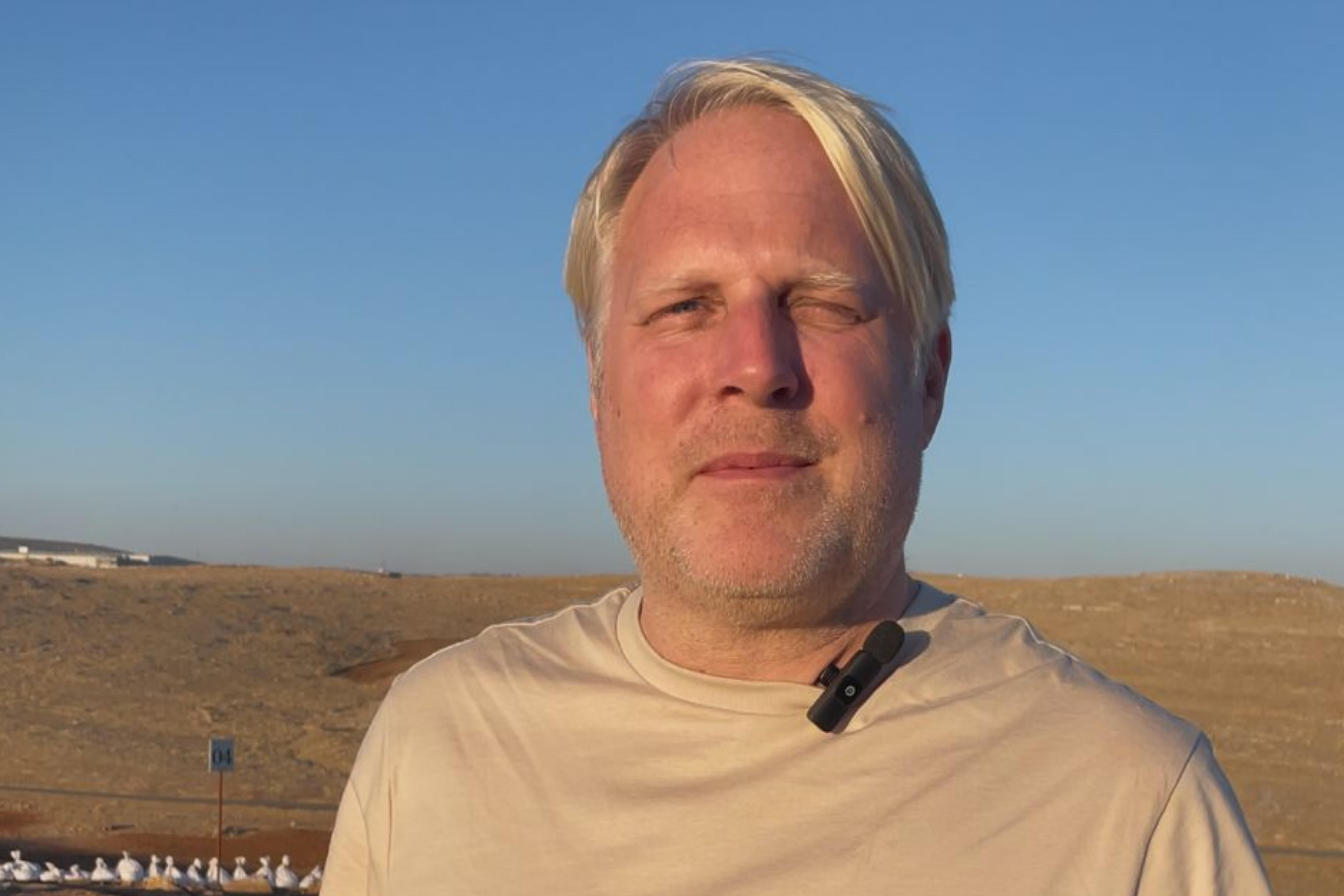
Perspectives from international attendees
Swedish journalist and radio broadcaster Carl Tobias Svanelid, known for his program on history and archaeology on Swedish Radio, shared his excitement about visiting these historic sites with Türkiye Today: “For me, visiting places like Gobeklitepe and Karahantepe was like a dream. These are world-famous locations, and the experience has been incredibly enriching. I’ll be producing several radio programs based on this visit.”
Svanelid, who has dedicated over 25 years to historical programming, added, “The scale of these findings and the richness of a culture dating back 11,000 to 12,000 years are astonishing. This project brings together significant Neolithic sites, offering a comprehensive view of humanity’s early cultural achievements. It’s fascinating how these communities built monumental structures and practiced spiritual beliefs long before the advent of farming. This turns our understanding of human history on its head.”
In recognition of his efforts to popularize archaeological findings, Svanelid received an honorary doctorate from Stockholm University in 2020.
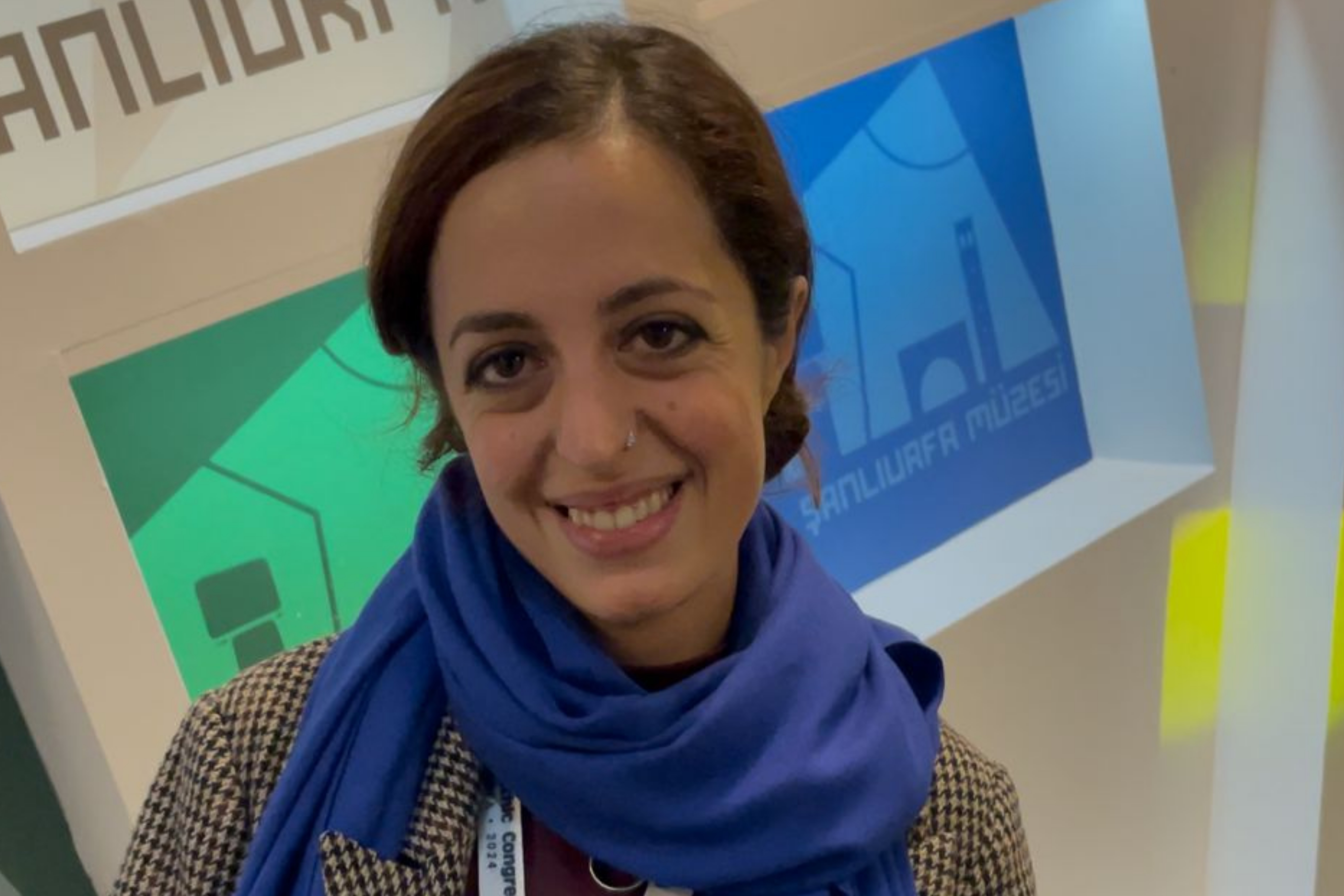
Spain’s Paula Becerra Fuello: ‘In awe’ of Türkiye’s archaeological wealth
Paula Becerra Fuello, a Ph.D. candidate in Archaeology at Granada University and a bioarchaeology master’s graduate, also expressed admiration for Türkiye’s archaeological depth. “In Spain, we don’t have anything like this,” she told Türkiye Today.
“I was thrilled by everything I saw here and thoroughly enjoyed the presentations. Yesterday, I tried the ‘Tas Tepeler bread’ at the museum – it was amazing. And today’s presentations on human findings at Gobeklitepe and Karahantepe were captivating.”
Becerra noted some interesting parallels with Neolithic Spain, adding that the experience has broadened her understanding of ancient cultures.
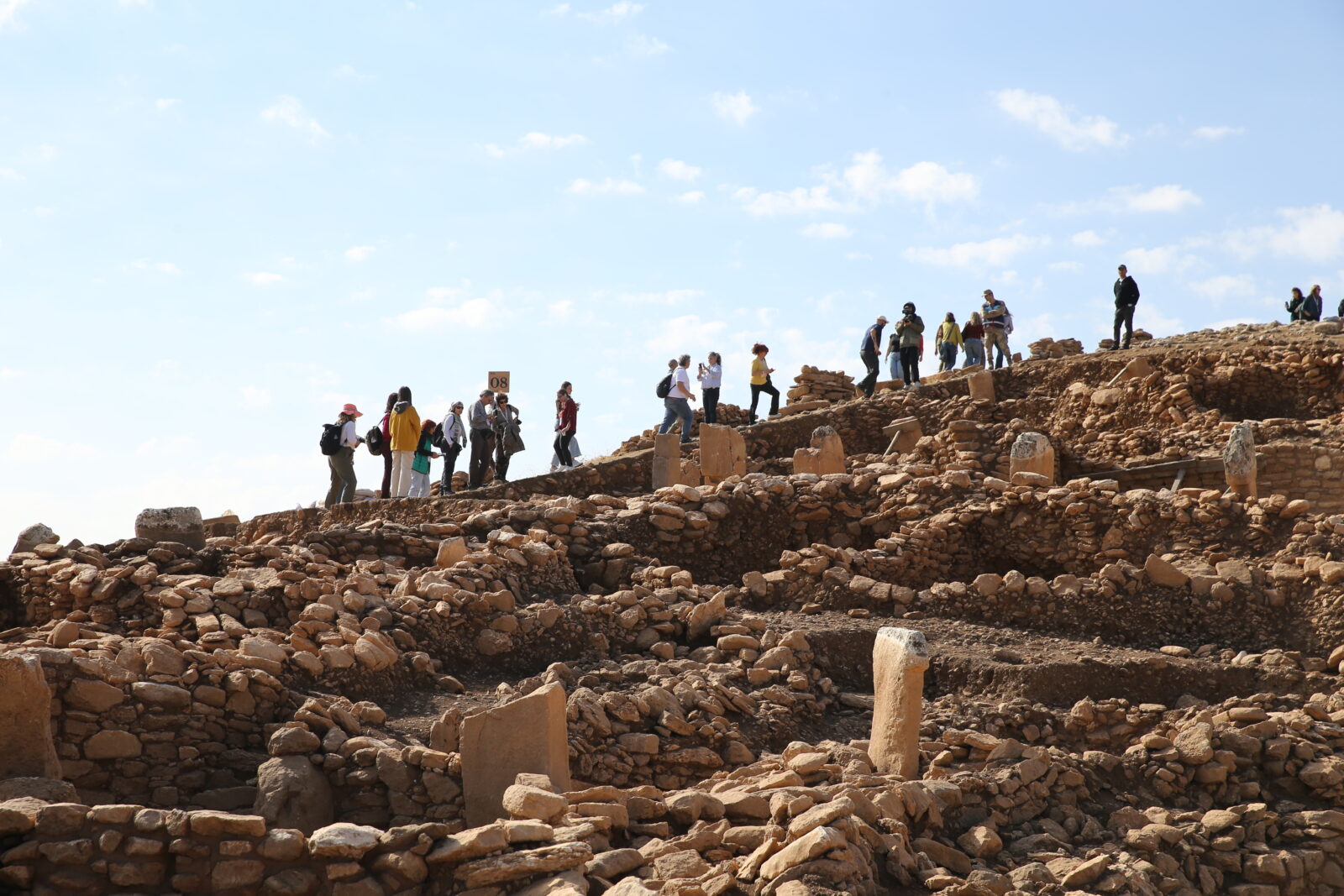
Global platform for ancient discoveries
The World Neolithic Congress continues to establish Türkiye’s Tas Tepeler Project as a cornerstone of global archaeology, drawing worldwide attention to Türkiye’s ancient heritage and sparking fresh dialogue on early human culture.
For participants, the congress represents not only a professional enrichment but also a powerful connection to a distant yet foundational chapter in human history.



